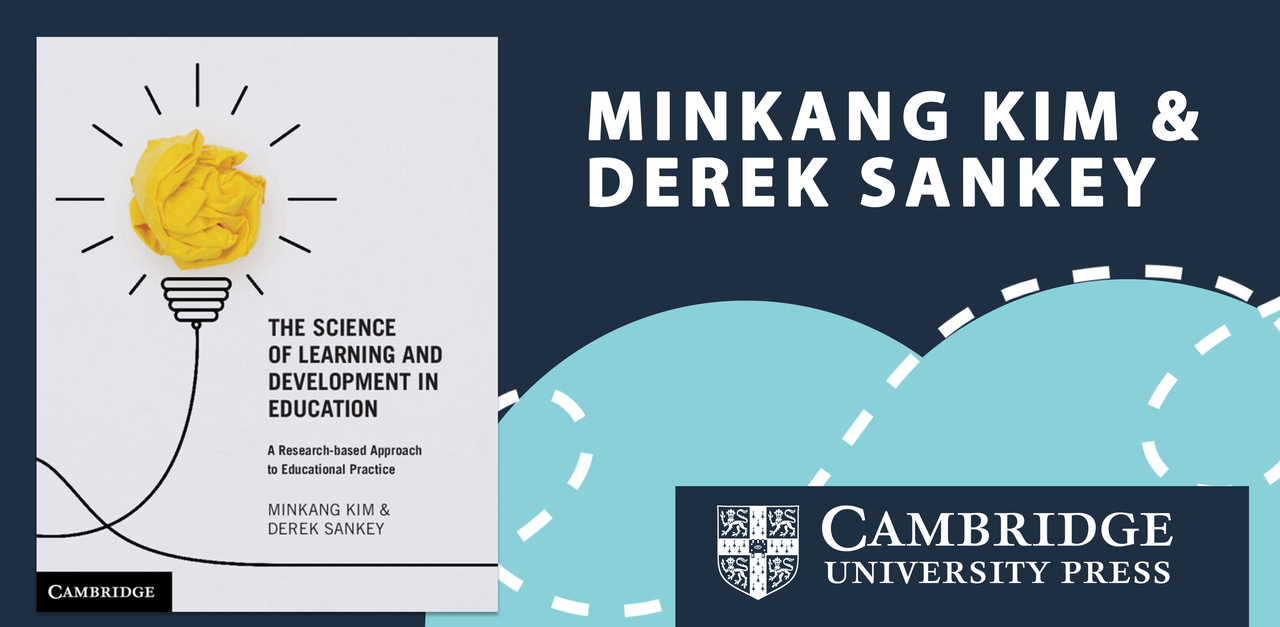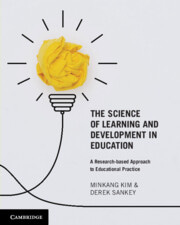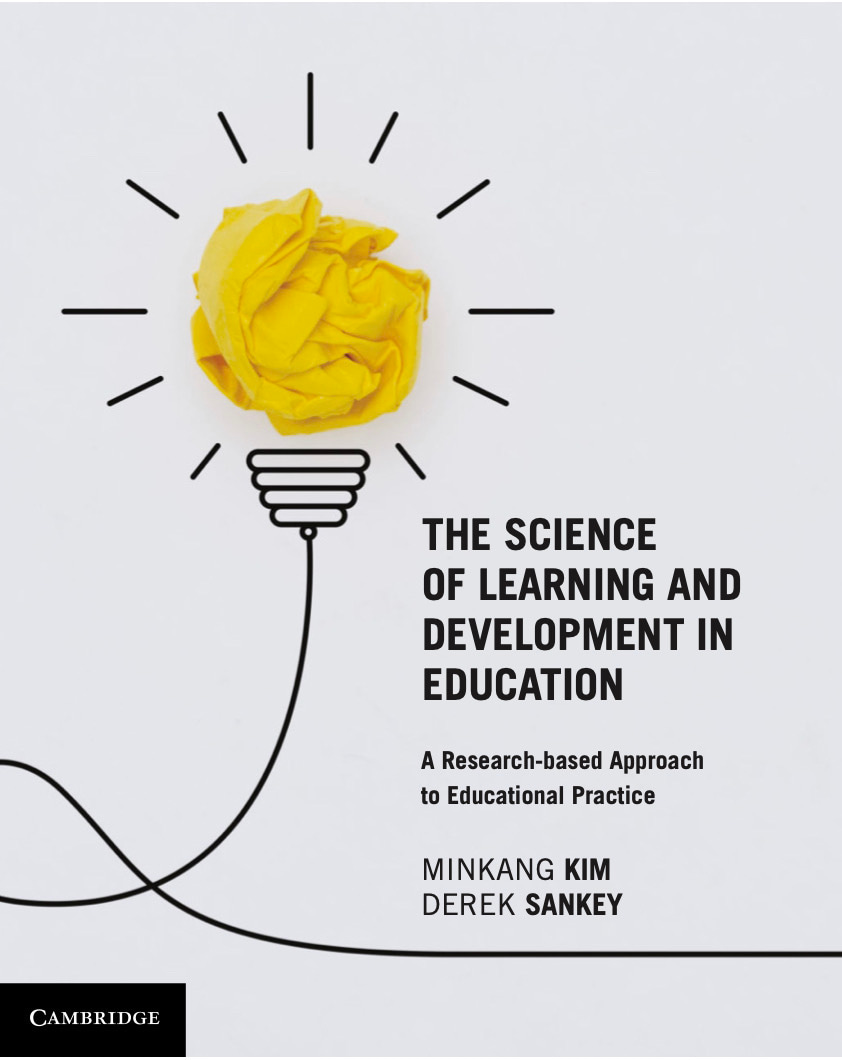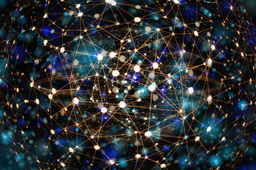Brain science and the teacher's professional toolkit
Published in Neuroscience

It might seem obvious that all schoolteachers should possess a sound scientific understanding of how children and adolescents learn and develop; that this should be an essential item in every teacher’s professional toolkit, along with a deep understanding of the subject content they teach. It might also seem obvious that there must be textbooks available for teaching the science of learning and development in university courses of teacher training. Not at all.
Believe it, or not, most teachers in Australia, for example, have little or no scientific understanding of how brains learn and develop, and research reveals that what student teachers ‘know’ about brain and learning is mostly wrong, heavily infused with misunderstandings of one kind and another (Kim & Sankey, 2018). Moreover, much of what practicing teachers in Australia know about learning and child/adolescent development is dependent on ideas generated in the mid to late twentieth century, before the 1990’s ‘decade of the brain’ and the multiple new insights into how we learn and develop that have come from brain science and complexity (dynamic systems) theory this century.
One of the main contributory reasons is that understanding how the brain learns is not a required component of teacher education in Australia and, to make matters worse, it is often opposed by university teacher educators. They don’t think teachers need to know it and they are confirmed in that belief by academics such as John Bruer (1997), who believes that neuroscience for teachers is ‘a bridge too far’. Taken together, this means that, until very recently there have been no textbooks providing a sound scientific, research-based account of learning and development that can resource teacher education in Australia, they’ve not been needed
But things are changing. In June 2022, Cambridge University Press (CUP) published The science of learning and development in education, jointly written with my partner in marriage, which is specifically designed to support teacher education units of study. And, right on cue and entirely independently, on March 23 this year (2023) the Australian Federal Government’s Teacher Education Expert Panel produced a Discussion Paper strongly recommending that all prospective teachers should be taught what the Expert Panel referred to as ‘brain and learning’. Whether that recommendation is enacted in policy, however, is a different issue, it faces strong winds of opposition from those university teacher educators who view all science as just another metanarrative that can be conveniently ignored if it causes conceptual discomfort. But, at least in Australia, it’s a step forward and potentially a giant step forward.
Many students who enter teacher education have largely abandoned science in their secondary (high school) education, so in writing this book we were very aware that it would need a light touch and should not require any prerequisite knowledge of the science of complex, dynamic neurological systems. Nevertheless, it takes the reader, step by step, to the cutting edge of the dynamics of child and adolescent learning and development. Moreover, it infuses a strong critical edge into the study, by encouraging the reader to consider some of the core philosophical issues that arise out of the science, especially as these pertain to the discipline of education and the practice of education in schools.
Underpinning this book is our shared conviction that the study and practice of education constitutes a discrete discipline that is not reducible to other so-called ‘foundational disciplines’, such as psychology or sociology. Currently, there seems to be a widespread assumption, that education is essentially ‘social science’, an assumption that can militate against the infusion of neuroscience into teacher education. However, education is not social science, any more than medicine is social science, though the practice of both disciplines is nested in multiple, dynamic social contexts, such that both disciplines can draw on insights garnered in social science, as and when they are relevant.
There’s an important point here about the infusion of neuroscience into the study and practice of education. By its very nature, education is concerned with persons, young persons and their learning and development, and it is also inherently value orientated. Although science is procedurally (methodologically) reductionist and deterministic, there is no place in education for a hard-headed ontological reductionist and determinist ideology that diminishes persons, which some in science mistakenly believe is entailed in being ‘scientific’. And, while the findings of science must not be compromised to suit personal beliefs, readers are nevertheless encouraged to bring a sceptical (falsificationist) approach to the study of neuroscience, because that is entailed in being scientific.
After laying down a number of key foundations in Chapter 1, Chapter 2 moves to embed neuroscience firmly in education, in opposition to Bruer, by focussing on the seminal work of Donald Hebb, a distinguished Canadian school teacher of English and later school principal, who eventually left teaching to become one of the most distinguished brain scientists of the 20th Century. Hebb’s Postulate provides a foundation for brain plasticity, which is essential for learning and development, and this provides a unifying strand that runs throughout the book, as it explores the application of the dynamics of learning and development to education, including the dynamics of memory, metacognition, literacy and numeracy in Part1 of the text. In Part 2, the focus is on the emotional, cultural and empathetic brain, followed by learning, assessment and feedback, student wellbeing, the ecology of learning in Part 3.
In writing the book, we attempted to avoid the trap of providing readers with a catalogue of facts, partly by setting ideas in their historical context and partly by infusing an introduction to our own current neuroscience research in education, especially the use of the electroencephalogram (EEG) in school-based research and how the technique of Event-Related Potentials (ERPs) is able to probe the cognitive subconscious and emotional processes at play in learning and thinking and assessment in educational contexts.
One of the benefits of writing a book with your partner in marriage is that the two of you can rise early in the morning and plan your writing to suit the demands your shared domesticity. In our case, for some 18 months when writing this book, we went to bed at much the same time as our young son and rose at 4.00am each morning, seven days a week, to meet the writing schedule agreed with Cambridge University Press (CUP). This largely and unexpectedly happened during the very strict lockdown in response to the COVID epidemic in Australia. The other benefit we had in writing this book is a longstanding shared commitment to brain science and complexity science, and a shared conviction that all teachers, everywhere, need to understand how the children and adolescents in their care learn and how they develop as they grow through their own, individual learning and developmental trajectory.
Reference
Bruer, J. T. (1997). Education and the brain: A bridge too far. Educational Researcher, 24, 4-16.
Kim, M., & Sankey, D. (2018). Philosophy, neuroscience and pre-service teachers’ beliefs in neuromyths: A call for remedial action. Educational Philosophy and Theory, 50(13), 1214-27.
Follow the Topic
Your space to connect: The Psychedelics Hub
A new Communities’ space to connect, collaborate, and explore research on Psychotherapy, Clinical Psychology, and Neuroscience!
Continue reading announcement





Please sign in or register for FREE
If you are a registered user on Research Communities by Springer Nature, please sign in